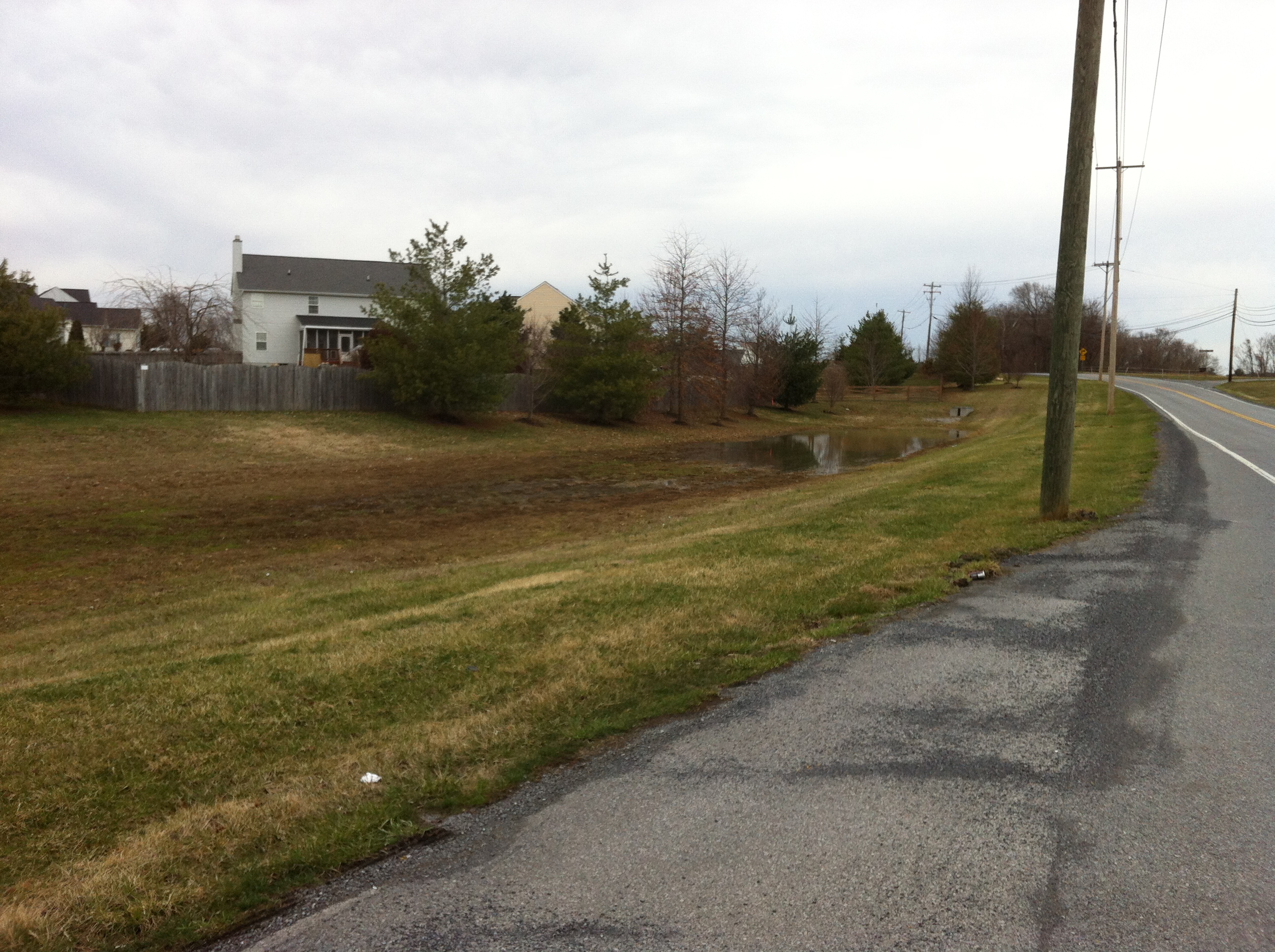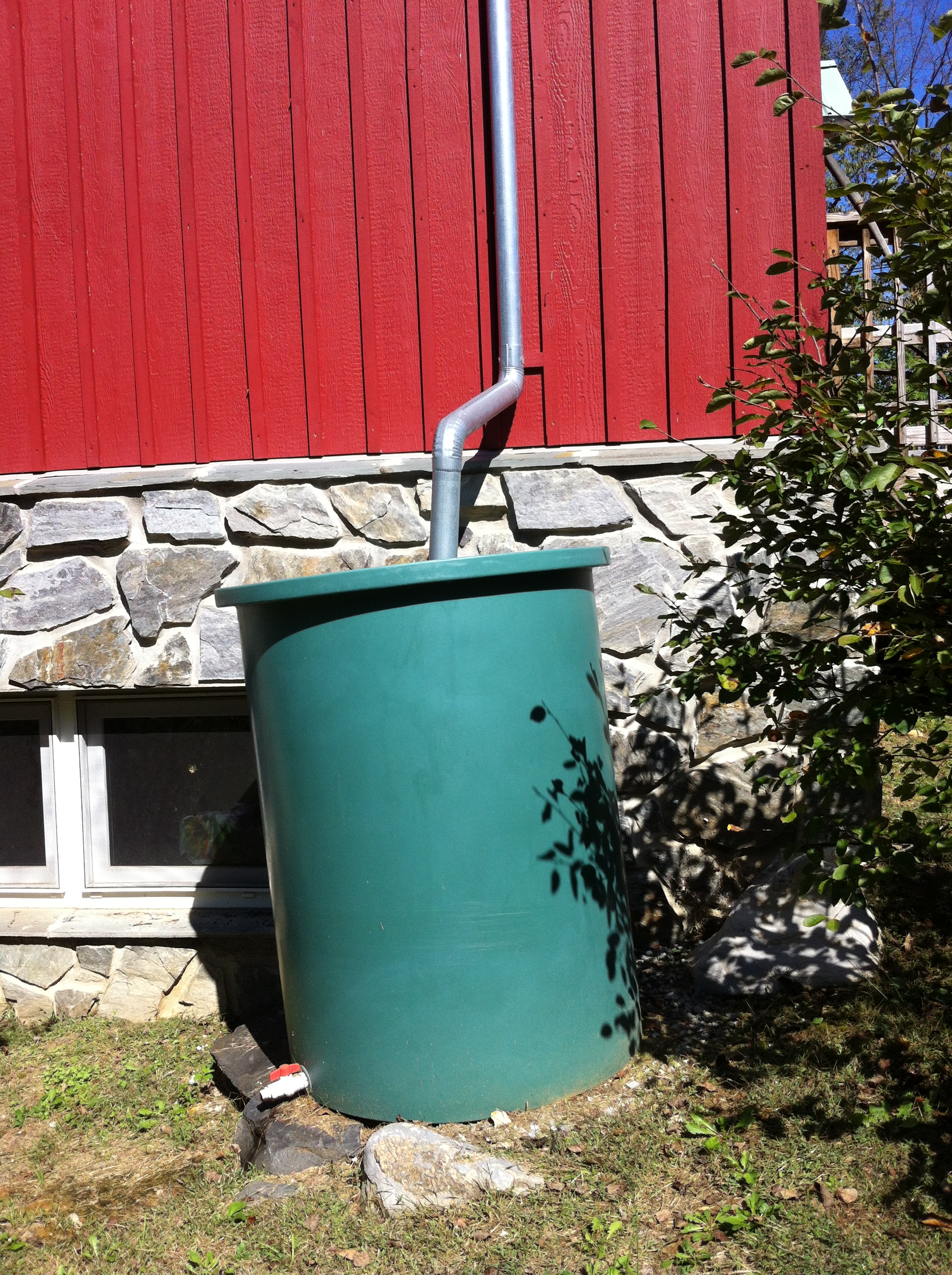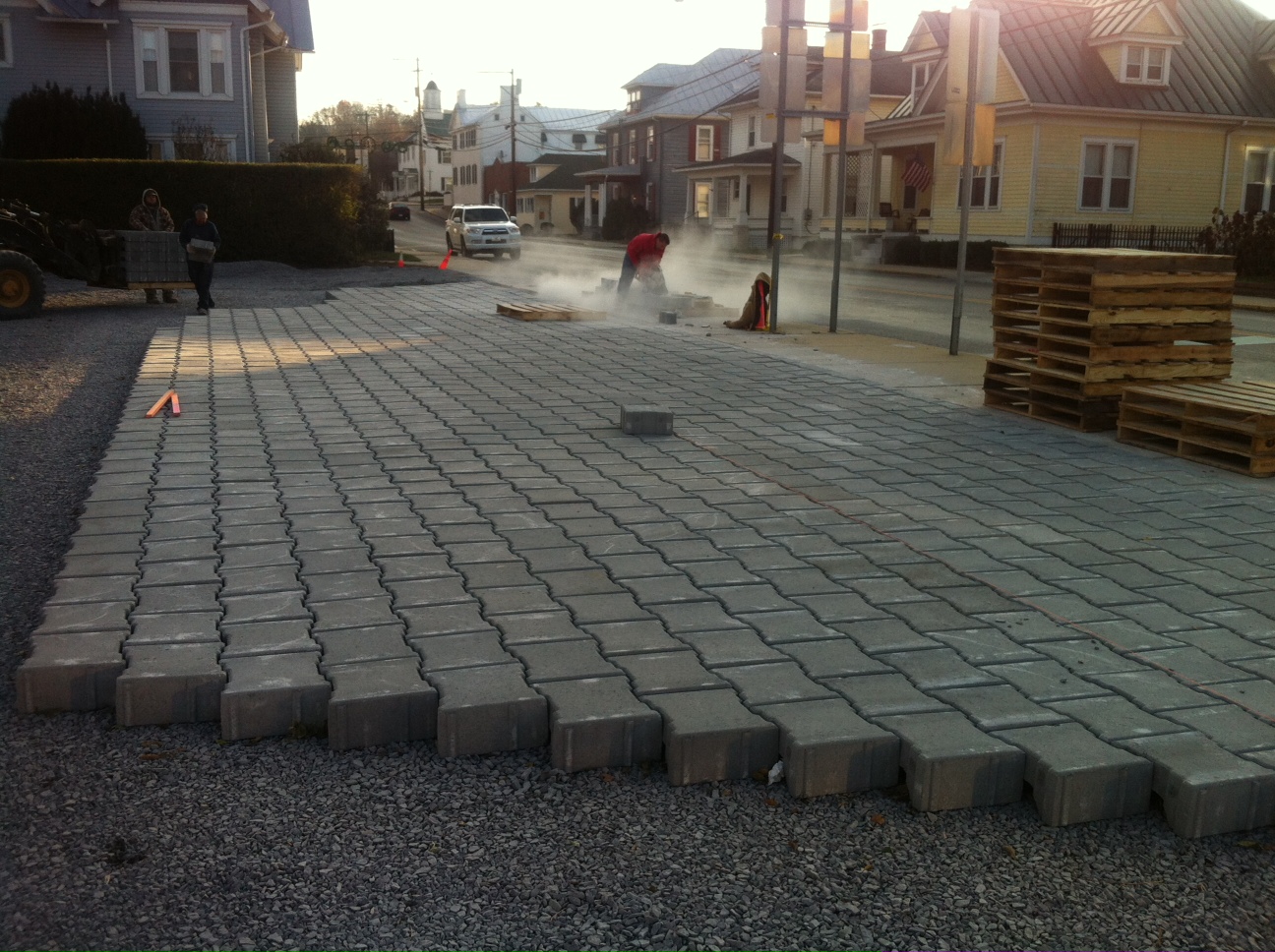Precipitation in an urban or suburban area that does not evaporate or soak into the ground but instead runs across the land and into the nearest waterway is considered stormwater runoff.
It transports fertilizers from lawns, oil and chemicals from driveways, and bacteria from pet waste and malfunctioning septic systems. The sheer volume of the runoff is a problem, too, because it has such erosive force bearing down on soils and streambanks.

Increased residential and commercial development has made stormwater runoff the fastest growing source of pollution to the Chesapeake Bay. This source is responsible for 18% of the total nitrogen load and 13% of the total phosphorus load delivered to the Chesapeake Bay from West Virginia's Potomac River drainage*. West Virginia's goal for this sector is to keep the levels of nitrogen, phosphorus and sediment pollution constant, despite increasing land development. Stormwater in a few communities are regulated through a Municipal Separate Storm Sewer System (MS4) permit, but the vast majority of communities do not have this regulation. Therefore, they can implement local ordinances to control stormwater runoff, and/or they may implement voluntary projects, for which financial and technical assistance is likely available. Recent successful projects are depicted on this page.
*From Section 7 of West Virginia's Phase II Watershed Implementation Plan

